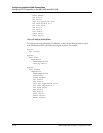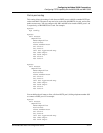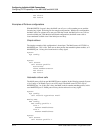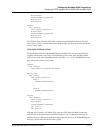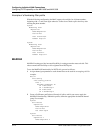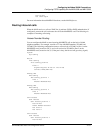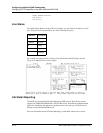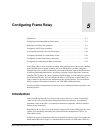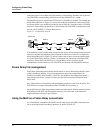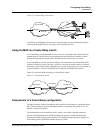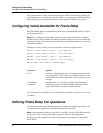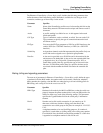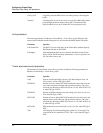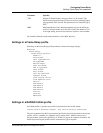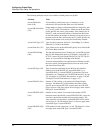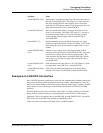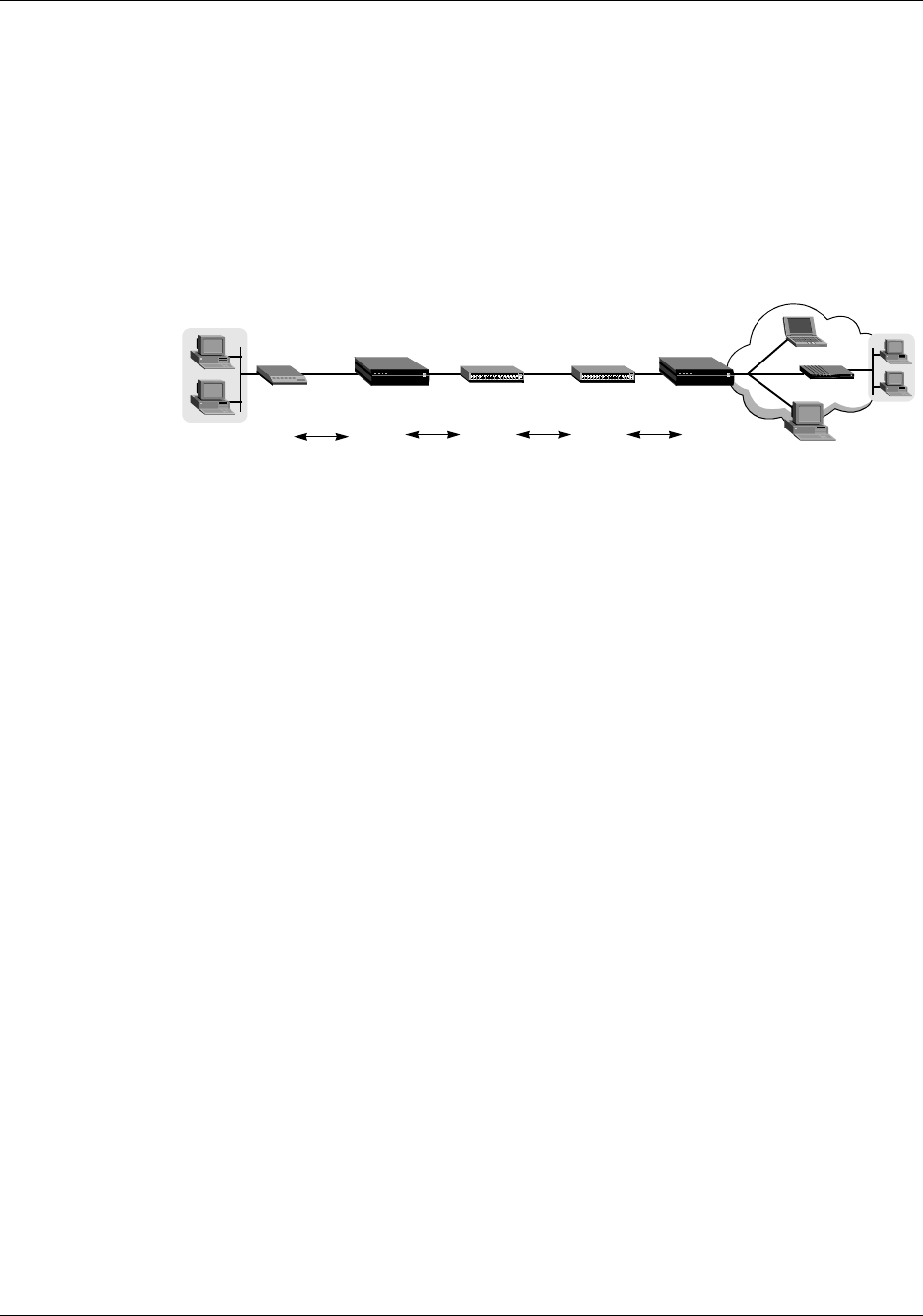
5-2 Preliminary January 4, 2001 MAX 6000/3000 Network Configuration Guide
Configuring Frame Relay
Introduction
configured with a User-to-Network (UNI) interface to Frame Relay, the MAX acts as the user
side (UNI-DTE) communicating with the network side (UNI-DCE) of a switch.
The network-side device connects the CPE device to a Frame Relay network. For example, the
MAX labeled MAX-01 in Figure 5-1 receives Frame Relay encapsulated frames from a CPE
and forwards them on to another Frame Relay switch. When it is configured with a UNI-DCE
interface to Frame Relay, the MAX acts as the network side (UNI-DCE) communicating with
the user side (UNI-DTE) of a Frame Relay device.
Figure 5-1. Frame Relay network
A Frame Relay switch is another kind of network-side device, which switches frames from one
interface to another and exchanges status information with its peer switch. For example, the
MAX labeled MAX-01 in Figure 5-1 receives frames from its peer switch and switches them
to its other Frame Relay interface. When it is configured with a Network-to-Network (NNI)
interface to Frame Relay, the MAX acts as a Frame Relay switch. Switch-to-switch
communication includes both user side (NNI-DTE) and network side (NNI-DCE) functions.
Frame Relay link management
Frame Relay link management enables administrators to retrieve information about the status
of the Frame Relay interface via special management frames with a unique Data Link
Connection Identifier (DLCI) address. (DLCI 0 is the default for link management frames.)
Link management frames are used to monitor the interface and provide information about
DLCI status.
On a UNI interface to Frame Relay, link management procedures occur in one direction. The
UNI-DTE device requests information and the UNI-DCE device provides it.
On an NNI interface, link management procedures are bidirectional. Switches perform both the
NNI-DTE and NNI-DCE link management functions, since both sides of the connection
request information from their peer switches.
Using the MAX as a Frame Relay concentrator
As a Frame Relay concentrator, the MAX forwards many lower-speed PPP connections onto
one or more high-speed Frame Relay interfaces, as shown in Figure 5-2:
DTE DCE NNI NNI NNI NNI DCE DTE
PPP callersPPP callers
Private LAN
MAX-02
MAX-01
CPE
router



